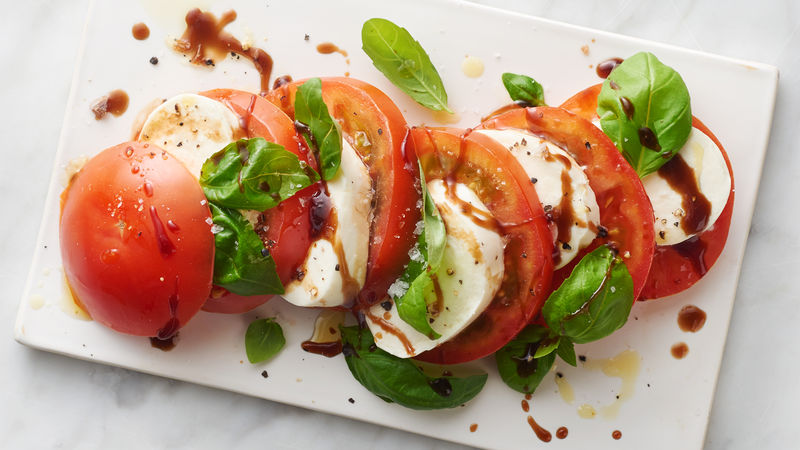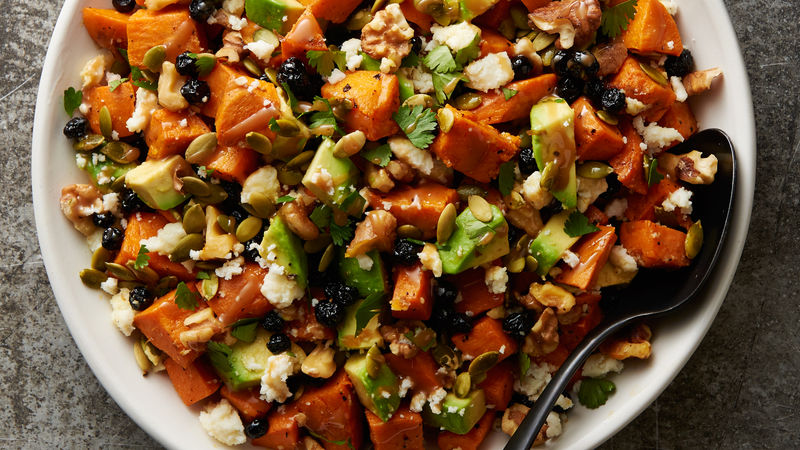(function() {
document.addEventListener('DOMContentLoaded', function() {
var componentMetadata = JSON.parse('\x7b\x22componentName\x22\x3a\x22ActionToolbar_d4f0b4cc-dd76-4537-857b-56997525ceb8\x22,\x22deferOptions\x22\x3a\x7b\x22deferComponent\x22\x3atrue,\x22deferType\x22\x3a\x22OnDemand\x22,\x22deferId\x22\x3a\x22r2505641882cc475ea561da562aa9758c\x22,\x22deferredContainerId\x22\x3a\x22\x2ffloatingActionToolbar\x2ffloatingActionToolbar_Interop\x22,\x22deferredContainerView\x22\x3a\x22InteropDeferWrapper\x22\x7d,\x22viewName\x22\x3a\x22ActionToolbar\x22\x7d');
var configuration = {"contentId":"f728adef-2c0c-4ab9-b5be-37ed9b0e17c5","toolbarSettings":{"id":"d4f0b4cc-dd76-4537-857b-56997525ceb8","regAction":"FAVORITE","eSourceCode":16797,"namePassedToEvents":"ArticleStandardLongFormToolbar","buttons":[{"providerName":"pinterest","providerNamePassedToEvents":"Pinterest","shareUrlFormat":"//pinterest.com/pin/create/link/?url={0}","id":"76def9a1-42e6-4e8d-b963-2bb41556cef1","allowedForAnonymousUsers":true,"type":"Social","displayName":"Pinterest","toggleDisplayName":"","namePassedToEvents":"Pinterest","cssClassName":"atButtonPinterest","privacyOptOutMessage":"\u003cdiv class=\u0027privacyMessage\u0027\u003e\n\u003ch3\u003eThis feature is not available with your current cookie settings.\u003c/h3\u003e\n\u003cp\u003eYou can \u003ca href=\u0027#\u0027 data-show-preference-center=\u00271\u0027\u003eupdate your privacy settings\u003c/a\u003e to enable this content. Please enable “Functional Cookies” to use this feature.\u003c/p\u003e\n\u003c/div\u003e","showPrivacyOptOutMessage":false},{"addFavoriteErrorMessage":"Sorry, something went wrong. Please save again.","removeFavoriteErrorMessage":"Error occurred while removing from favorites","regAction":"FAVORITE","eSourceCode":16797,"isCurrentUserAnonymous":false,"isFavoriteItem":false,"id":"718b4e01-b2be-40cf-8f0c-bca3b01db0ed","allowedForAnonymousUsers":false,"type":"Favorite","displayName":"Save","toggleDisplayName":"Saved","namePassedToEvents":"Favorite","cssClassName":"atButtonFavorite","privacyOptOutMessage":"\u003cdiv class=\u0027privacyMessage\u0027\u003e\n\u003ch3\u003eThis feature is not available with your current cookie settings.\u003c/h3\u003e\n\u003cp\u003eYou can \u003ca href=\u0027#\u0027 data-show-preference-center=\u00271\u0027\u003eupdate your privacy settings\u003c/a\u003e to enable this content. Please enable “Functional Cookies” to use this feature.\u003c/p\u003e\n\u003c/div\u003e","showPrivacyOptOutMessage":false},{"providerName":"facebook","providerNamePassedToEvents":"Facebook","shareUrlFormat":"//facebook.com/sharer/sharer.php?u={0}","id":"efdb520e-282a-4ae1-8a04-1d444442d622","allowedForAnonymousUsers":true,"type":"Social","displayName":"Facebook","toggleDisplayName":"","namePassedToEvents":"Facebook","cssClassName":"atButtonFacebook","privacyOptOutMessage":"\u003cdiv class=\u0027privacyMessage\u0027\u003e\n\u003ch3\u003eThis feature is not available with your current cookie settings.\u003c/h3\u003e\n\u003cp\u003eYou can \u003ca href=\u0027#\u0027 data-show-preference-center=\u00271\u0027\u003eupdate your privacy settings\u003c/a\u003e to enable this content. Please enable “Functional Cookies” to use this feature.\u003c/p\u003e\n\u003c/div\u003e","showPrivacyOptOutMessage":false},{"templateId":"ec5776a6-84cf-4f91-ba79-ace5d6ae2fa2","dialogHeading":"Email Article","emailCode":"TBSP_ContentEmail","dialogSettings":{"cancelButtonText":"Cancel","copyToSenderLabel":"Send a Copy to Myself","emailAddressesLabel":"* Email Address(es)","emailInstructionText":"Separate email addresses with commas","fromText":"From:","privacyPolicyText":"\u003cp\u003e\u0026copy;2025 General Mills, Inc. All Rights Reserved. This information will only be used to send an email to your friend(s) and will not be saved. Please read our \u003ca rel=\u0022noopener noreferrer\u0022 rel=\u0022noopener noreferrer\u0022 href=\u0022http://www.generalmills.com/company/privacy-policies/privacy-policy-us\u0022 target=\u0022_blank\u0022 shape=\u0022rect\u0022\u003ePrivacy Policy\u003c/a\u003e.\u003c/p\u003e","requiredFieldText":"* Required","sendButtonText":"Send","senderEmailAddressLabel":"* Your Email Address","senderFirstNameLabel":"* Your First Name","sendToText":"Send To:"},"id":"1b476610-b2bd-4a56-ba87-47a4798f6dcb","allowedForAnonymousUsers":true,"type":"Email","displayName":"Email","toggleDisplayName":"","namePassedToEvents":"Email","cssClassName":"atButtonEmail","privacyOptOutMessage":"\u003cdiv class=\u0027privacyMessage\u0027\u003e\n\u003ch3\u003eThis feature is not available with your current cookie settings.\u003c/h3\u003e\n\u003cp\u003eYou can \u003ca href=\u0027#\u0027 data-show-preference-center=\u00271\u0027\u003eupdate your privacy settings\u003c/a\u003e to enable this content. Please enable “Functional Cookies” to use this feature.\u003c/p\u003e\n\u003c/div\u003e","showPrivacyOptOutMessage":false},{"layoutParameter":"p%3d1","id":"ab4bf4fc-919a-4252-81ca-c39edb8eadf0","allowedForAnonymousUsers":true,"type":"Print","displayName":"Print","toggleDisplayName":"","namePassedToEvents":"Print","cssClassName":"atButtonPrint","privacyOptOutMessage":"\u003cdiv class=\u0027privacyMessage\u0027\u003e\n\u003ch3\u003eThis feature is not available with your current cookie settings.\u003c/h3\u003e\n\u003cp\u003eYou can \u003ca href=\u0027#\u0027 data-show-preference-center=\u00271\u0027\u003eupdate your privacy settings\u003c/a\u003e to enable this content. Please enable “Functional Cookies” to use this feature.\u003c/p\u003e\n\u003c/div\u003e","showPrivacyOptOutMessage":false}],"isSticky":true},"userSettings":{"isCurrentUserAnonymous":true,"isFavoriteItem":false,"isAnonymousUserWithFavorites":false},"pageAttributes":{"url":"https%3a%2f%2fwww.tablespoon.com%2fmeals%2fhow-to-make-a-decent-salad","contentId":"f728adef-2c0c-4ab9-b5be-37ed9b0e17c5"},"recaptchaPublicKey":"6LfW_icUAAAAAL_CG700pddUxLNYIxgRJe3vOg2Z"};
var moduleName = 'actionToolbar';
var isVueModule = true;
GeneralMills.PandoSites.RegisterControlInstance(moduleName, configuration, componentMetadata, isVueModule)
});
})();
There’s such a thing as a bad salad. On the flip side though, that means there’s such a thing as a good salad. A really, really good salad. Salads are more complex than they first appear, which is why it’s so easy to assemble a mediocre one and not even be aware that there’s a better alternative. When it comes to what makes a salad great, it’s all about freshness, flavor and complimentary textures.
Average Mean of Texture

When balancing texture in a good salad, it’s all about crunchy versus soft. Think of texture as a scale with the softest ingredients being 1 and the crunchiest being 9—all the while you’re trying to achieve an average of 5.
That means if you’re using tomatoes that are particularly ripe, you’ll want to throw in the crunchiest croutons. If you want to get a dose of protein with hard peanuts, add soft cubed avocado to compliment. You should never have too much of one mouthfeel, whether that’s crunchy, soft, firm or flimsy.
Peak ripeness is also important when layering fruits and veggies in your salad, because their texture will be easier to predict. But since it’s impossible to have the ripest ingredients on hand at all times, there are ways to cheat the system by using texture. For instance, if you’re worried your tomatoes aren’t quite ripe enough and are a little on the harder side, substitute those crunchiest of croutons with softer pieces of sourdough to balance out the texture. Again, find the mean on the crunch scale.
Keep it Fresh

Fresh ingredients are going to deliver the best salad—that’s just a fact. Heirloom tomatoes will taste better than younger varieties of the fruit. Organic cilantro is significantly better than conventional. And you can’t beat in-season peaches even if you tried. Your local farmer’s market or natural foods store is a great place to discover fresh produce. When hunting for salad ingredients at the grocery store, look for fresh fruits and vegetables that are on sale—this means they’re ripe and need to be sold quickly before they turn.
The way you handle your produce also changes the freshness and taste. When washing greens and herbs, make sure you use a salad spinner instead of crushing them with a paper towel. Handling them too much will bruise them, making them taste slightly bitter. Avocados, tomatoes, stone fruit and apples are sensitive to bruising too, so always show them some TLC.
Produce isn’t the only thing you’ll want to keep fresh. When gathering your salad-making materials, opt for homemade over store bought. A good salad uses store-bought croutons, while a great salad uses freshly-made ones. A good salad is drizzled in bottled dressing, but a great salad is dressed in a freshly mixed vinaigrette. Essentially, if you want it good, buy it. But if you want it great, make it.
The Flavor Dance

Ripe, in-season produce will produce a lot of the deep flavors you’re looking for in a good salad, but there are other ways to control flavor, too. Just as balance is important with texture, balance plays a huge role in taste, too. Don’t overpower your salad with too much of one thing (we’re looking at you, lettuce). A good salad, like any meal, should have a sturdy base that elevates the rest of the ingredients, rather than overpowers them.
Worried the lack of lettuce is going to make your salad too puny? Add starches like quinoa, rice or roasted sweet potatoes to bulk up your lunch (this sweet potato and avocado salad is a great example of going lettuce-free) . Alternatively, top with a hardboiled egg or shredded chicken breast for a protein boost.
Absolutely everything tastes better with a pinch of salt—even salad. Before you sink a fork in your beautifully fresh lunch, toss on a sprinkle of salt to bring out every layer of flavor possible. You’ll thank us later.
Want to sharpen your cooking skills? We have the how-to articles to help.